A relatively young company had been mentioned in the press as having a turnover problem, particularly in senior management roles. Whilst the organisation was already reporting on turnover metrics broadly, it wanted to understand whether there was merit to the external claims, particularly in sensitive roles.
A deep dive analysis was undertaken to assess turnover trends across a wide range of organisational factors. The deep dive brought together a range of disparate data points to enable a comprehensive and integrated understanding of retention for this organisation. These data points included various organisation structural factors, role information, as well as individual characteristics such as age, tenure, sourcing channel and gender. The review also integrated external benchmark data, where available, to give broader context.
The review uncovered that, whilst several key executives had indeed left in the last 12 months, the overall turnover levels for senior management were actually below benchmark levels. However, a big concern it highlighted was that the large proportion of turnover occurring within the first 12 months, including a significant loss of new hires within the first three months! Looking further into data found that a significant proportion of these leavers felt that the roles they were performing were not closely aligned to those described in the recruitment process. The cost to the organisation in recruitment efforts as well as in lost productivity necessitated intervention.
The analysis was invaluable in providing the organisation with insights into what problems it was actually facing, rather than taking actions based on supposition or rumour.
This enabled the creation of solutions targeted at addressing the recruitment and selection process and the improved definition of the roles and capabilities to clearly articulate requirements to candidates. The company made the strategic decision to change the role of the recruitment function, giving them greater input into the hiring process through better screening and higher interviewing, and transitioning administrative work to outsourced providers. The measures implemented are underway and seeing early signs of improvement not only in improvements in new-hire tenure, with efficiencies in the recruitment process through increased clarity around roles also resulting in time to hire improvements.
WHAT WE DID
Analytics
Turnover
Retention
HR Programs
Recruitment

